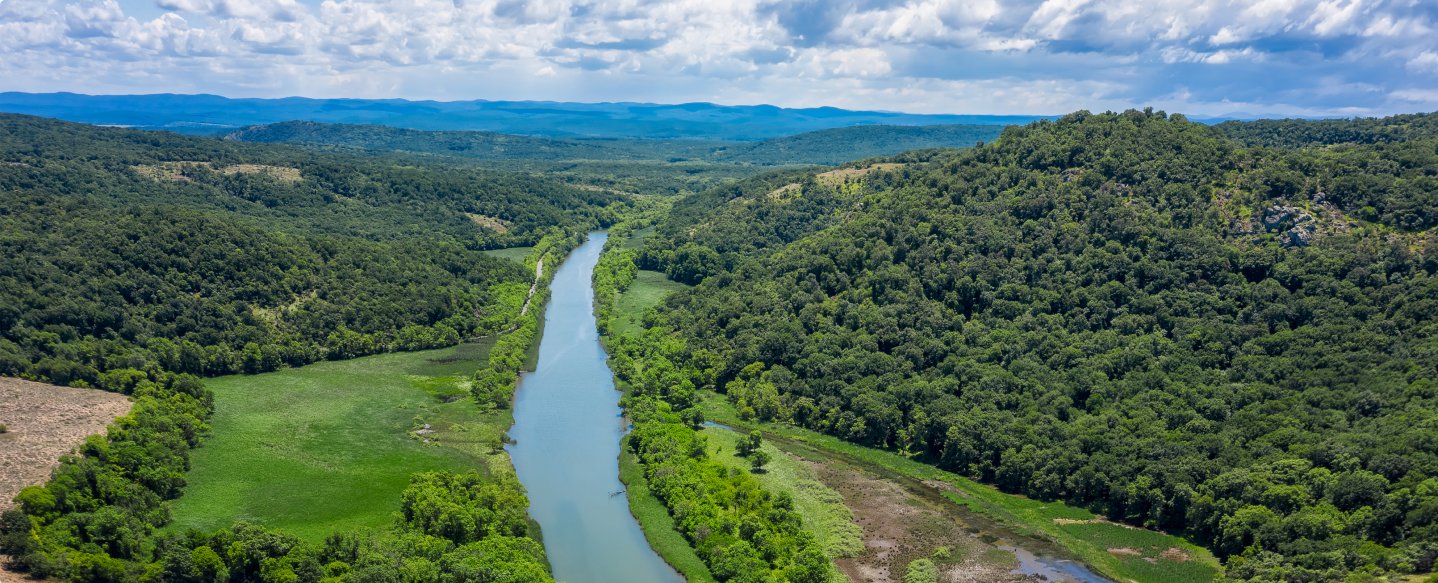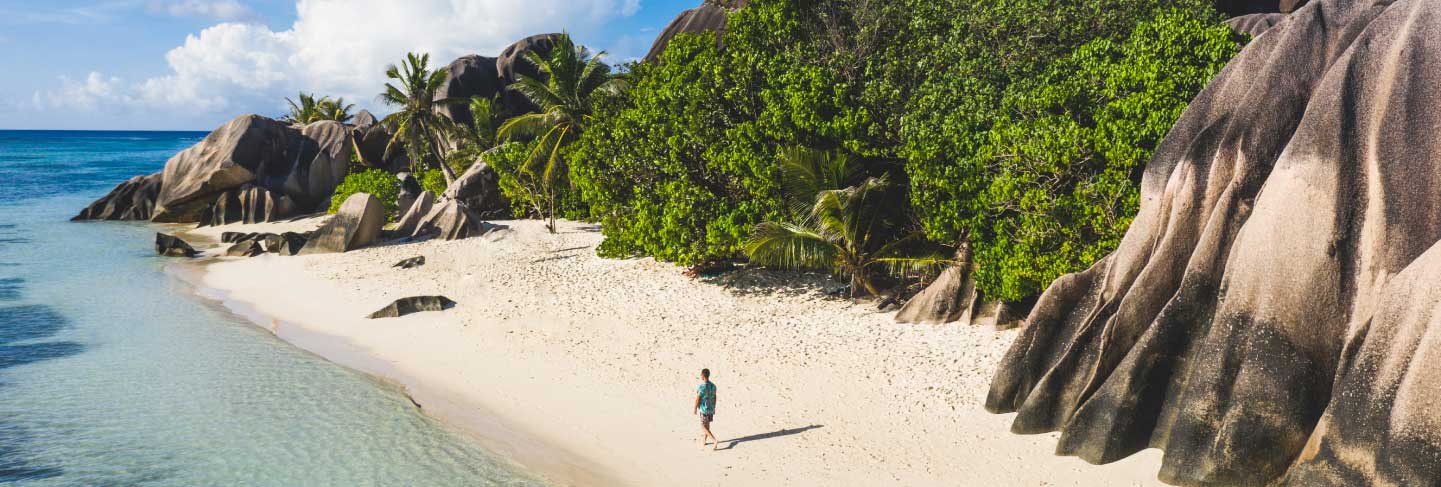Three of the best ways to experience total language immersion
Tasneem Johnson-Dollie
Posted: July 29, 2020
While international travel may not be on the cards right now, learning a new language is. And it will get you ready for a total language immersion experience abroad that’s sure to heighten any trip overseas.
Total language immersion is one of the best ways to go from just visiting another country, to experiencing the culture of another country in a meaningful way. It’s an opportunity to connect with local people and gain an appreciation for their way of life.
Let’s take a closer look at what total language immersion is all about, and why it makes for a meaningful trip abroad.
What is total language immersion?
Total language immersion means learning a new language in an environment where you listen, speak, write, and ultimately think in the language you’re trying to learn. And this often makes for the most effective language-learning experience.
Scientists have found that when we’re learning a new language, our brains don’t just pick up on individual words. They also consider which words occur together frequently, and try to anticipate the words that are coming next.
So when you want to learn a new language, it’s not just about memorising isolated words and piecing them back together to form a sentence. In fact, one of the best ways to learn a new language is to be in an environment where your brain is flooded with “natural” content – content that’s spoken or displayed in everyday situations – in the language you’re trying to learn.
This could mean sitting in a Spanish language-immersion class where you’re expected to answer and ask questions in Spanish only. It could also mean going grocery shopping in Greece, and challenging yourself to listen and speak to the teller in the local language.
Total language immersion differs from partial language immersion because it prioritises the target language in every single learning activity. In contrast, partial language-immersion programs include some activities that are taught in the student’s native language.
Since the best way to learn a new language is to be surrounded by it in different forms – like the spoken and written word – it’s easy to see how total-language-immersion programs offer more opportunities for our brains to soak up a new language.
Three of the best ways to learn a new language
Any language immersion opportunity will give you the chance to become bilingual or multilingual, but the best language immersion programs ensure that total language immersion is always part of the package.
Here are some total-language-immersion opportunities that offer some of the best ways to learn a new language.
1) Get involved in a language course online
Online language learning is an excellent way to start your journey, since it offers a convenient – and socially-distanced – learning platform, where you can experience total language immersion for the duration of your lesson.
Organisations like Cactus offer one, five, and ten-week online language courses where you can learn over 20 languages.
This virtual platform for learning a new language allows tutors to adapt their lesson plans and learning objectives to suit the language proficiency, aims, and interests of the group they’re teaching.
With tons of language courses online, you could easily learn a new language in a way that works for you. And you’ll be able to put your newfound vocabulary in languages such as Thai, Hindi and Greek to great use while travelling, or volunteering abroad.
2) Practise with people who speak a foreign language
If you’re not phased by making a few flops in front of native-language speakers, you could ask friends or family who speak a foreign language to help you brush up on your language skills.
This works best if the family member or friend you link up with speaks the language quite fluently, and has some idea of the cultural context of that language.
By having someone who can help you practise speaking and coming up with responses, you’ll get to work on your fluency and understanding while learning a new language.
If you don’t have friends or family from different cultural backgrounds, why not go out and make some?
Once you’re back at school or university, it’s easy enough to join a cultural club, or get involved in student events and interact with people you’ve never spoken to before.
And, if you happen to make new friends that speak a foreign language, why not get to know them better by speaking to them in their native language.
Getting to practise your language skills in a new setting is a great way to challenge yourself and apply what you’ve already learned.
This will allow you to get in even more practise while you learn a new language, and offer you the chance to experience total language immersion in a completely different environment. This is also a great way to consolidate new language-learning pathways in your brain.
3) Travel abroad and talk to native speakers
The true test of how well you’ve done at learning another language lies in how well you can speak it in a country where that language is one of the official languages.
Sure, you’ll be put through your paces by local people when you start up a conversation. You may even hit a few linguistic hurdles as you adjust to the speed of conversations.
But this will all seem insignificant once you see how much it helps you on your language-immersion journey.
Experiencing language immersion in a foreign country is one of the easiest ways to pick up on what to say, when to say it, and how to say it in a way that’s relatable to native speakers.
On some programs, volunteers can choose to learn a new language once they’ve arrived on base to volunteer abroad with GVI. For example, if you choose to travel to Costa Rica, your Spanish-language immersion experience will start off with Spanish classes taught by a native-speaking teacher.
Other programs set the perfect scene for you to practise a new language with native speakers while taking part in volunteer abroad activities every day.
It’s a good idea to set off with a good foundation and plan a trip abroad where you’ll get to interact with local people on a day-to-day basis in a variety of different ways. One way to get this right is by volunteering abroad.
Volunteering abroad means that you’ll work with local communities and partner organisations in an environment where getting to know each other – and each other’s native languages – is encouraged.
You’ll work towards achieving global goals in areas like wildlife conservation, marine conservation, women’s empowerment, or childhood education, and be introduced to a much broader vocabulary while you’re at it.
By volunteering abroad with children in India you’ll get to polish your Hindi while adding to the quality of education that children have access to. And if you take part in volunteer programs in Thailand, you can add Thai to your conversational-languages list while working towards marine conservation or women’s empowerment goals.
Further reading: Ten tips to make language learning fun
Prepare for travel with a total-language-immersion experience
The availability of different online language courses, at-home opportunities, and volunteer abroad programs means that there are tons of ways to experience total language immersion, and learn a new language in the best way possible today.
Check out our volunteer abroad programs that offer a total-language-immersion experience, and plan for a trip abroad where you can fine-tune your language skills.
Tasneem Johnson-Dollie is a contributor for GVI, and an alum of the GVI Writing Academy. The Writing Academy is a skills-development program that pairs development editors with budding travel writers. Learn more about the program here.
By Tasneem Johnson-Dollie







